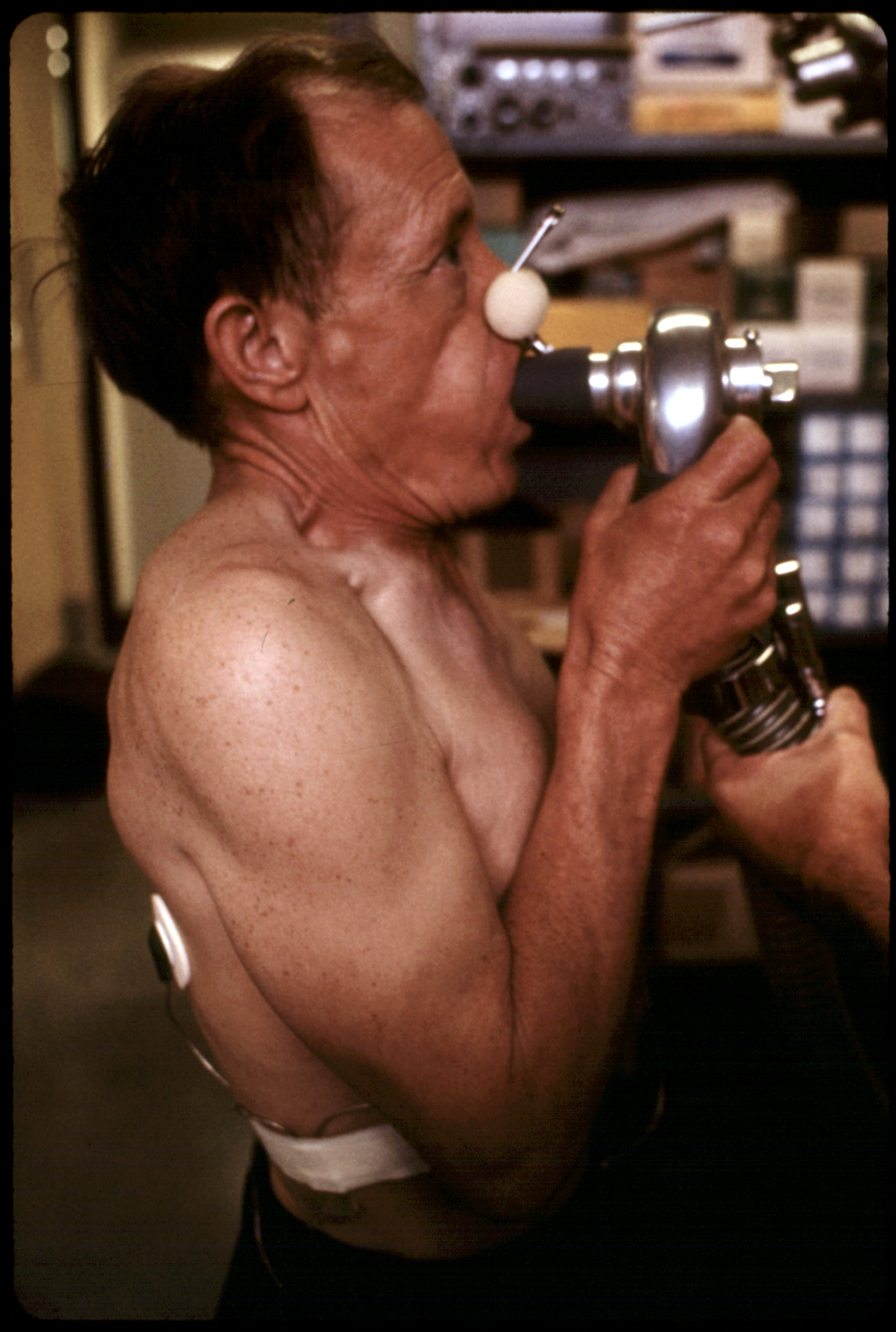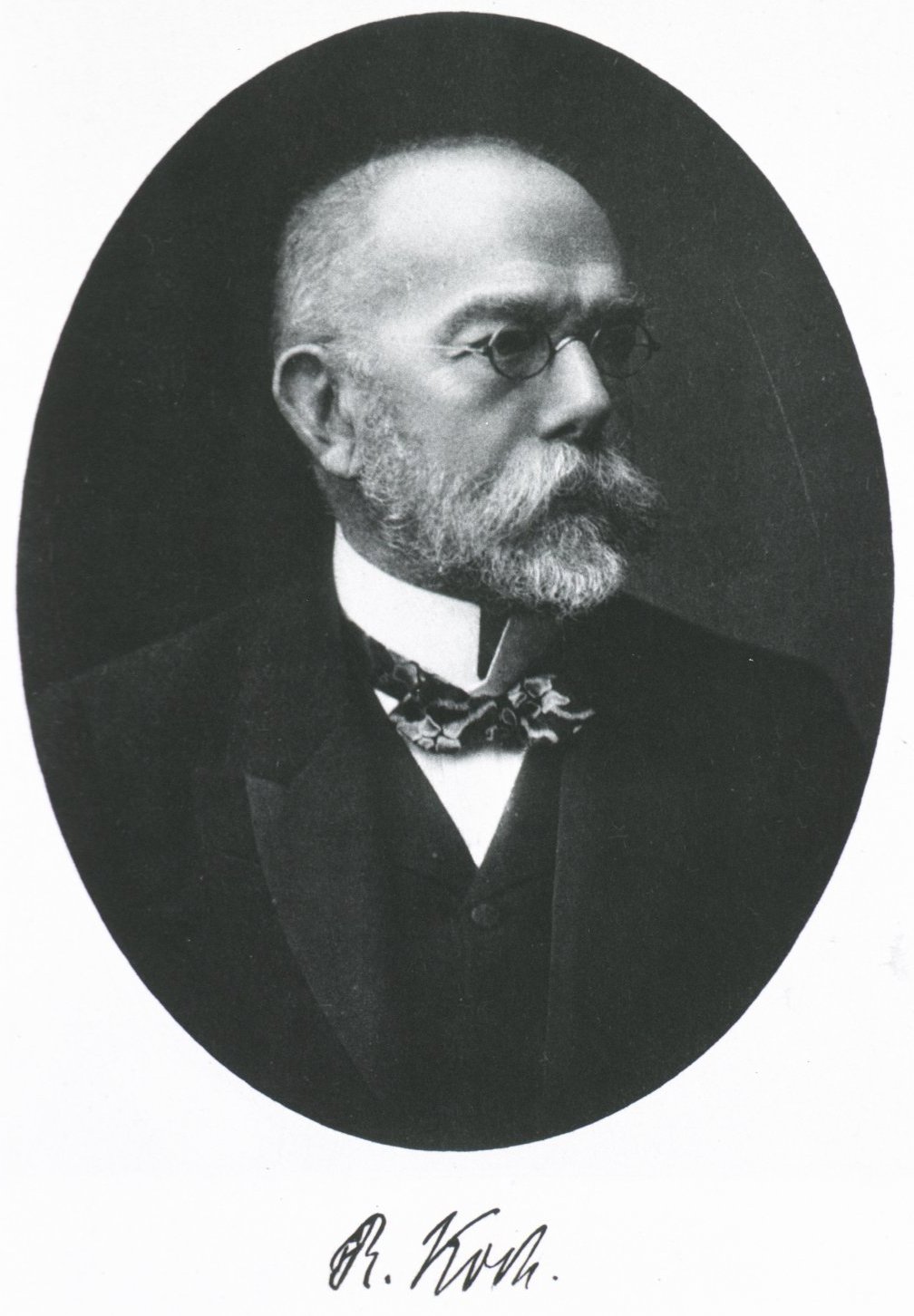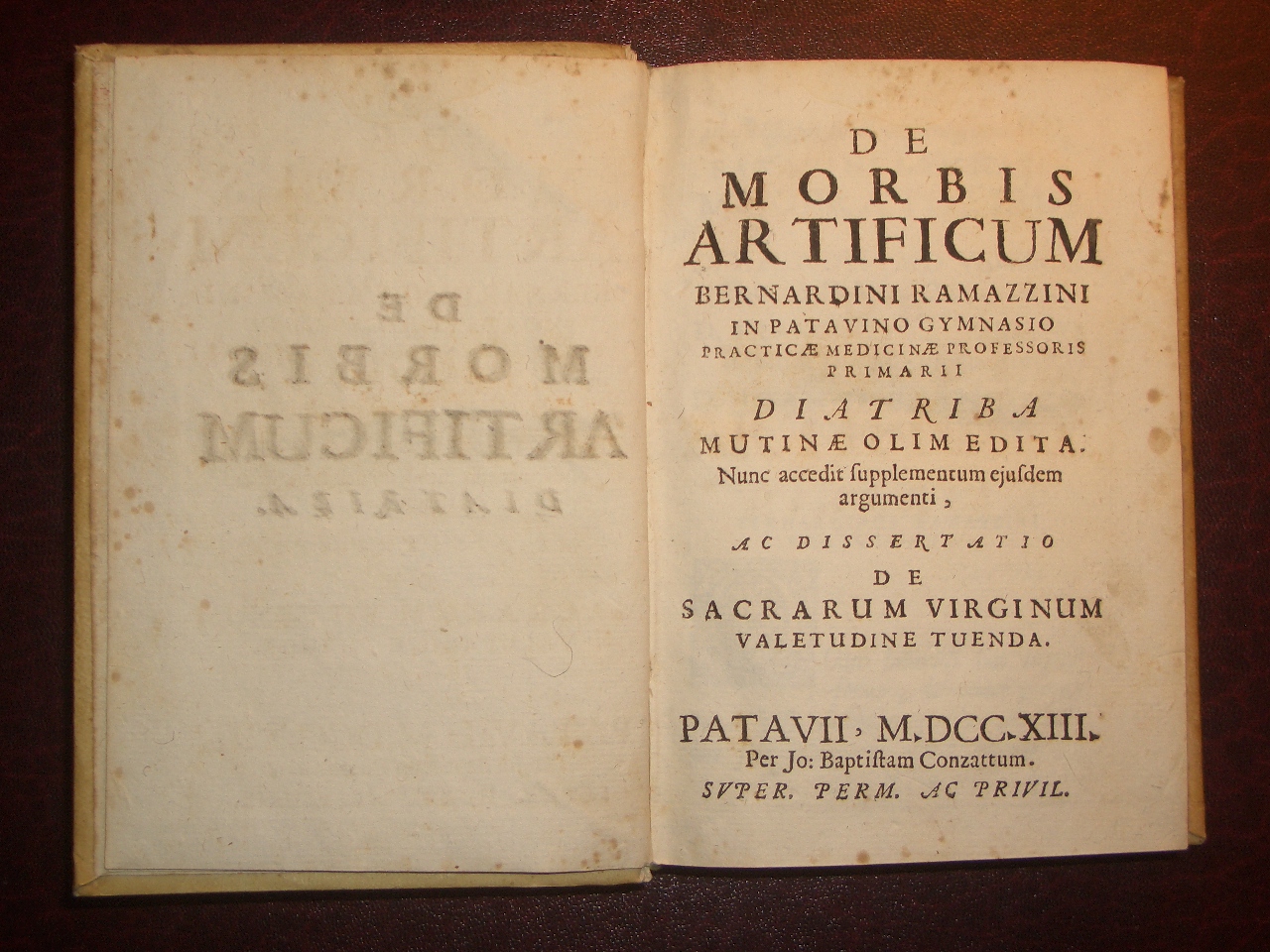|
Silicosis
Silicosis is a form of occupational lung disease caused by inhalation of crystalline silica dust. It is marked by inflammation and scarring in the form of Nodule (medicine), nodular lesions in the upper lobes of the lungs. It is a type of pneumoconiosis. Silicosis, particularly the acute form, is characterized by shortness of breath, cough, fever, and cyanosis (bluish skin). It may often be misdiagnosed as pulmonary edema (fluid in the lungs), pneumonia, or tuberculosis. Using workplace controls, silicosis is almost always a preventable disease. Silicosis resulted in at least 43,000 deaths globally in 2013, down from at least 50,000 deaths in 1990. The name ''silicosis'' (from the Latin ''silex'', or flint) was originally used in 1870 by Achille Visconti (1836–1911), prosector in the Ospedale Maggiore of Milan. The recognition of respiratory problems from breathing in dust dates to ancient Greeks and Romans. Georgius Agricola, Agricola, in the mid-16th century, wrote about ... [...More Info...] [...Related Items...] OR: [Wikipedia] [Google] [Baidu] |
Engineered Stone
Engineered stone is a composite material made of crushed stone bound together by an adhesive to create a solid surface. The adhesive is most commonly polymer resin, with some newer versions using cement mix. This category includes engineered quartz (SiO2), polymer concrete and engineered marble stone. The application of these products depends on the original stone used. For engineered marbles the most common application is indoor flooring and walls, while the quartz based product is used primarily for kitchen countertops as an alternative to laminate or granite. Related materials include geopolymers and cast stone. Unlike terrazzo, the material is factory made in either blocks or slabs, cut and polished by fabricators, and assembled at the worksite. Engineered stone is also commonly referred to as agglomerate or agglomerated stone, the last term being that recognised by European Standards (EN 14618), although to add to the terminological confusion, this standard also includes ma ... [...More Info...] [...Related Items...] OR: [Wikipedia] [Google] [Baidu] |
Coal Workers' Pneumoconiosis
Black lung disease (BLD), also known as coal workers' pneumoconiosis, or simply black lung, is an occupational type of pneumoconiosis caused by long-term inhalation and deposition of coal dust in the lungs and the consequent lung tissue's reaction to its presence. It is common in coal miners and others who work with coal. It is similar to both silicosis from inhaling silica dust and asbestosis from inhaling asbestos dust. Inhaled coal dust progressively builds up in the lungs and leads to inflammation, fibrosis, and in worse cases, necrosis. Black lung disease develops after the initial, milder form of the disease known as anthracosis (from the Greek , or – coal, carbon). This is often asymptomatic and is found to at least some extent in all urban dwellers due to air pollution. Prolonged exposure to large amounts of coal dust can result in more serious forms of the disease, ''simple coal workers' pneumoconiosis'' and ''complicated coal workers' pneumoconiosis'' (or progress ... [...More Info...] [...Related Items...] OR: [Wikipedia] [Google] [Baidu] |
Abrasive Blasting
Sandblasting, sometimes known as abrasive blasting, is the operation of forcibly propelling a stream of abrasive material against a surface under high pressure to smooth a rough surface, roughen a smooth surface, shape a surface or remove surface contaminants. A pressurised fluid, typically compressed air, or a Centrifugal force, centrifugal wheel is used to propel the blasting material (often called the ''media''). The first abrasive blasting process was patented by Benjamin Chew Tilghman on 18 October 1870. There are several variants of the process, using various media; some are highly abrasive, whereas others are milder. The most abrasive are shot blasting (with metal shot (pellet), shot) and sandblasting (with sand). Moderately abrasive variants include glass bead blasting (with glass beads) and plastic media blasting (PMB) with ground-up plastic stock or walnut shells and corncobs. Some of these substances can cause anaphylactic shock to individuals allergic to the media ... [...More Info...] [...Related Items...] OR: [Wikipedia] [Google] [Baidu] |
Silica
Silicon dioxide, also known as silica, is an oxide of silicon with the chemical formula , commonly found in nature as quartz. In many parts of the world, silica is the major constituent of sand. Silica is one of the most complex and abundant families of materials, existing as a compound of several minerals and as a synthetic product. Examples include fused quartz, fumed silica, opal, and aerogels. It is used in structural materials, microelectronics, and as components in the food and pharmaceutical industries. All forms are white or colorless, although impure samples can be colored. Silicon dioxide is a common fundamental constituent of glass. Structure In the majority of silicon dioxides, the silicon atom shows Tetrahedral molecular geometry, tetrahedral coordination, with four oxygen atoms surrounding a central Si atomsee 3-D Unit Cell. Thus, SiO2 forms 3-dimensional network solids in which each silicon atom is covalently bonded in a tetrahedral manner to 4 oxygen atoms. ... [...More Info...] [...Related Items...] OR: [Wikipedia] [Google] [Baidu] |
Pneumonoultramicroscopicsilicovolcanoconiosis
' () is a 45-letter word coined in 1935 by the then-president of the National Puzzlers' League, Everett M. Smith. It has sometimes been used as a synonym for the occupational disease known as silicosis, but it should not be as most silicosis is not related to mining of volcanic dusts. It is the longest word in the English language published in a popular dictionary, Oxford Dictionaries (website), Oxford Dictionaries, which defines it as "an artificial long word said to mean a lung disease caused by inhaling very fine ash and sand dust". Clinical and toxicological research conducted on volcanic crystalline silica has found little to no evidence of its ability to cause silicosis/-like diseases and geochemical analyses have shown that there are inherent factors in the crystalline structure which may render volcanic crystalline silica much less pathogenic than some other forms of crystalline silica. Silicosis is a form of occupational Interstitial lung disease, lung disease caused by ... [...More Info...] [...Related Items...] OR: [Wikipedia] [Google] [Baidu] |
Occupational Lung Disease
Occupational lung diseases comprise a broad group of diseases, including occupational asthma, industrial bronchitis, chronic obstructive pulmonary disease (COPD), bronchiolitis obliterans, inhalation injury, interstitial lung diseases (such as pneumoconiosis, hypersensitivity pneumonitis, lung fibrosis), infections, lung cancer and mesothelioma. These can be caused directly or due to immunological response to an exposure to a variety of dusts, chemicals, proteins or organisms. Occupational cases of interstitial lung disease may be misdiagnosed as COPD, idiopathic pulmonary fibrosis, or a myriad of other diseases; leading to a delay in identification of the causative agent. Types Asthma Asthma is a respiratory disease that can begin or worsen due to exposure at work and is characterized by episodic narrowing of respiratory airways. Occupational asthma has a variety of causes, including sensitization to a specific substance, causing an allergic response; or a reaction to an ... [...More Info...] [...Related Items...] OR: [Wikipedia] [Google] [Baidu] |
Pneumoconiosis
Pneumoconiosis is the general term for a class of interstitial lung disease where inhalation of dust (for example, ash dust, lead particles, pollen grains etc) has caused interstitial fibrosis. The three most common types are asbestosis, silicosis, and coal miner's lung. Pneumoconiosis often causes restrictive impairment, although diagnosable pneumoconiosis can occur without measurable impairment of lung function. Depending on extent and severity, it may cause death within months or years, or it may never produce symptoms. It is usually an occupational lung disease, typically from years of dust exposure during work in mining; textile milling; shipbuilding, ship repairing, and/or shipbreaking; sandblasting; industrial tasks; rock drilling (subways or building pilings); or agriculture. It is one of the most common occupational diseases in the world. Types Depending upon the type of dust, the disease is given different names: * Coalworker's pneumoconiosis (CWP) / Black Lung Di ... [...More Info...] [...Related Items...] OR: [Wikipedia] [Google] [Baidu] |
Jackhammer
A jackhammer (pneumatic drill or demolition hammer in British English) is a pneumatic or electro-mechanical tool that combines a hammer directly with a chisel. It was invented by William McReavy, who then sold the patent to Charles Brady King. Hand-held jackhammers are generally powered by compressed air, but some are also powered by electric motors. Larger jackhammers, such as rig-mounted hammers used on construction machinery, are usually hydraulically powered. These tools are typically used to break up rock, pavement, and concrete. A jackhammer operates by driving an ''internal'' hammer up and down. The hammer is first driven down to strike the chisel and then back up to return the hammer to the original position to repeat the cycle. The effectiveness of the jackhammer is dependent on how much force is applied to the tool. It is generally used like a hammer to break the hard surface or rock in construction works and it is not considered under earth-moving equipment, al ... [...More Info...] [...Related Items...] OR: [Wikipedia] [Google] [Baidu] |
Pulmonary Talcosis
Pulmonary talcosis is a pulmonary disorder caused by talc. It has been related to silicosis resulting from inhalation of talc and silicates. It is also tied to heroin use where talc might be used as an adulterant to increase weight and street value. David H. Chestnut. "For example, the injection of talc-diluted heroin causes talcosis." It is one of several noted associations and possible risks of street heroin use. Talcosis can also arise from the injection of drugs intended for oral administration, as talc is present in many tablets and capsules that are used intravenously, such as |
Tuberculosis
Tuberculosis (TB), also known colloquially as the "white death", or historically as consumption, is a contagious disease usually caused by ''Mycobacterium tuberculosis'' (MTB) bacteria. Tuberculosis generally affects the lungs, but it can also affect other parts of the body. Most infections show no symptoms, in which case it is known as inactive or latent tuberculosis. A small proportion of latent infections progress to active disease that, if left untreated, can be fatal. Typical symptoms of active TB are chronic cough with hemoptysis, blood-containing sputum, mucus, fever, night sweats, and weight loss. Infection of other organs can cause a wide range of symptoms. Tuberculosis is Human-to-human transmission, spread from one person to the next Airborne disease, through the air when people who have active TB in their lungs cough, spit, speak, or sneeze. People with latent TB do not spread the disease. A latent infection is more likely to become active in those with weakened I ... [...More Info...] [...Related Items...] OR: [Wikipedia] [Google] [Baidu] |
Georgius Agricola
Georgius Agricola (; born Georg Bauer; 24 March 1494 – 21 November 1555) was a German Humanist scholar, mineralogist and metallurgist. Born in the small town of Glauchau, in the Electorate of Saxony of the Holy Roman Empire, he was broadly educated, but took a particular interest in the mining and refining of metals. He was the first to drop the Arabic definite article ''al-'', exclusively writing ''chymia'' and ''chymista'' in describing activity that we today would characterize as chemical or alchemical, giving chemistry its modern name. For his groundbreaking work '' De Natura Fossilium'' published in 1546, he is generally referred to as the father of mineralogy and the founder of geology as a scientific discipline.Rafferty, John P. (2012). ''Geological Sciences; Geology: Landforms, Minerals, and Rocks''. New York: Britannica Educational Publishing, p. 10. He is well known for his pioneering work '' De re metallica libri XII'', that was published in 1556, one yea ... [...More Info...] [...Related Items...] OR: [Wikipedia] [Google] [Baidu] |
Bernardino Ramazzini
Bernardino Ramazzini (; 4 October 1633 – 5 November 1714) was an Italian physician. Ramazzini, along with Francesco Torti, was an early proponent of the use of cinchona bark (from which quinine is derived) in the treatment of malaria. His most important contribution to medicine was his book on occupational diseases, ''De Morbis Artificum Diatriba'' ("Diseases of Workers"). Life Ramazzini was born in Carpi (MO), Carpi on 4 October 1633 according to his birth certificate. He studied medicine at the University of Parma, where his interest in occupational diseases began. Career He was appointed to the chair of theory of medicine at University of Modena in 1682 then served as professor of medicine at the University of Padua from 1700 until his death. He is often called "the father of occupational medicine" The first edition of ''De Morbis'' was published in 1700 in Modena, the second in 1713 in Padua. Occupational medicine His book on occupational diseases, De_Morbis_Artificu ... [...More Info...] [...Related Items...] OR: [Wikipedia] [Google] [Baidu] |








